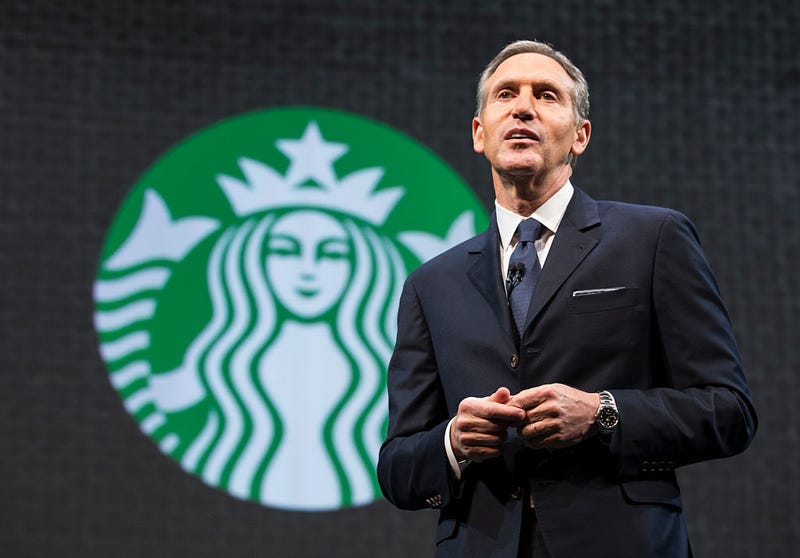
Have you ever found yourself in need of a restroom and, just as you were about to panic, spotted a Starbucks sign and hurried inside to use their facilities without buying anything?
This may soon cease being a possibility, according to Starbucks interim CEO Howard Schultz. He said Thursday during The New York Times DealBook D.C. policy forum that the company is considering limiting bathroom access as a way to protect its employees’ mental health.
“There is an issue of just, safety, in our stores, in terms of people coming in who use our stores as a public bathroom,” he said. “We have to provide a safe environment for our people.”
Schultz said that Starbucks employees deal with millions of customers daily in addition to people coming in to use the washrooms, and that he did not know if they would be able to keep the bathrooms open.
This is the first time Schultz has addressed the company’s bathroom policies since rejoining the company as its interim chief executive in April, said The New York Times.
Bathroom access would be offered to paying customers. This is fortunate, as coffee is a diuretic and is known to act as a laxative – meaning it could send drinkers to the restroom for a number of reasons. State laws about bathroom requirements related to restaurants vary, according to USA Today.
If Starbucks limits its restroom access, it would reverse a move made in 2018 after two Black men were arrested in a Philadelphia, Pa., location. The men were reported to police after they used the restroom without making a purchase.
According to Forbes, a study found that monthly visits to Starbucks dropped 6.8% compared with other nearby coffee shops after the open-bathroom policy was put in place in May 2018.
Along with the possibility of limiting bathroom access, the Seattle-based company is going through a business model shift. Schultz said that since the pandemic, demand for Starbucks products has gone up, and drive-through orders have increased to account for 50% of its business.
Previously, Starbucks had a “third place” philosophy focused on in-person experiences, use of wi-fi and comfortable couch seating. During the pandemic, lockdown orders made these experiences next to impossible.
Apart from a shifting business model, there has been another recent change for Starbucks. Some of its workers have started unionizing, a change that Schultz has not been supportive of.


